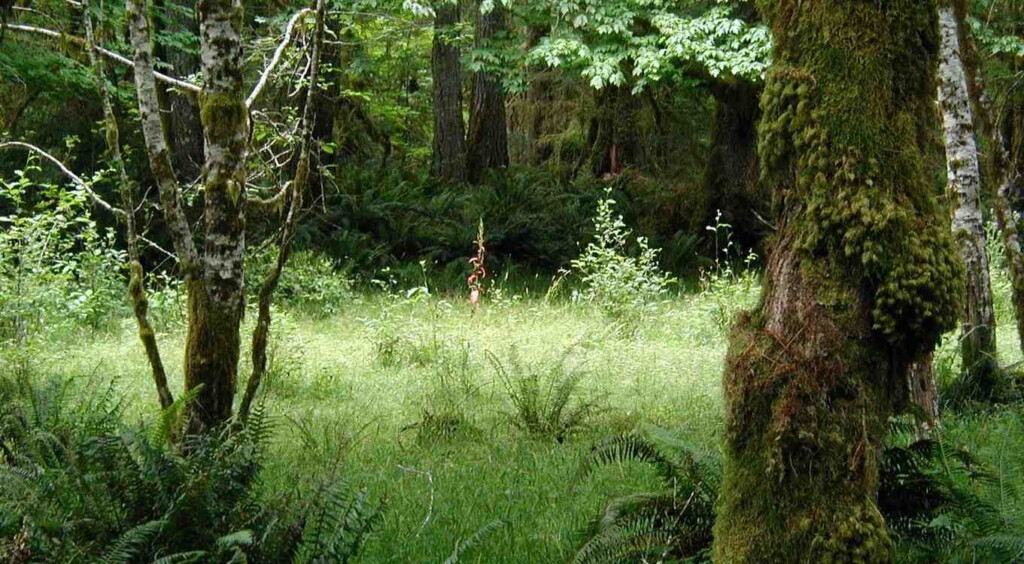Washington To Protect The Old-Growth Forests Of Tomorrow, Creates 77,000 Acres Of ‘Legacy Forests’

In Washington state, a new Public Lands Commissioner has announced that 77,000 acres of special forests will be taken off the state’s logging rotation for conservation purposes.
These “legacy forests,” as they’re being called, are in a state of growth between secondary forests and old growth forests. They’re defined as one which was logged before World War II, but has since been allowed to grow, settle, and diversify, and contains large amount of biodiversity and more space between trees.
They could be thought of a little like a “coming of age forest” or the old growth forests of the 22nd century.
The astonishingly and aptly named Commissioner, David Upthegrove, said that legacy forests conserve more carbon than secondary growth forests, and anchor more of the state’s biodiversity.
“This is the kind of forest we want future generations to inherit,” Upthegrove said of the surrounding forest on Tiger Mountain during a Tuesday news conference.
The 77,000 acres were identified after a new land inventory method was created for the state’s large timber concessions. It’s been suggested for years now that with such vast forest reserves, there would be some areas liable for logging that have reached a state similar to old growth forest.
Foresters, data scientists and forest ecologists updated the inventory model, and identified 106,000 acres of structurally complex forest that met the criteria for legacy forests. Of these, Upthegrove announced that three-fourths would be removed from the state’s logging rotation, and that the governor’s mansion would look for new ways to manage the land, such as offering it up on carbon markets.
The state typically sells forest logging rights to timber companies, and the Seattle Times reports that the proceeds go to fund local governments, schools, and other trust funds.
“I think we’ve struck a good balance that’s going to do more for climate, more for habitat, while still meeting our responsibilities to schools and local governments,” Upthegrove said.
WASHINGTON STATE OF MIND: More Than 90% of Schools in England Ban Smartphone Use, 13 US States Have Already Taken Action
Most of the total and potential legacy forest acreage is found along the Olympic Peninsula and Cascades range.
As is often the case in such decisions, stakeholders were left unsatisfied. Logging interests were not happy with the announcement, and question its legality, while advocates for the protection of legacy forests were disappointed that 29,000 acres were left available for logging.
MORE WAYS OF FORESTS PRESERVATION: Giant Corporations Protect 15,000 Square Miles of Forests in Partnership With WWF Stewardship Program
Regardless of any one entity’s feelings on the announcement, the legacy forest announcement raises an interesting question for forest management and conservation to consider around the world over the next few decades: how to manage biodiverse, mature forests that have previously been logged at some point but were able to return to an almost natural state.






Please be good and do not spam. Thank you.